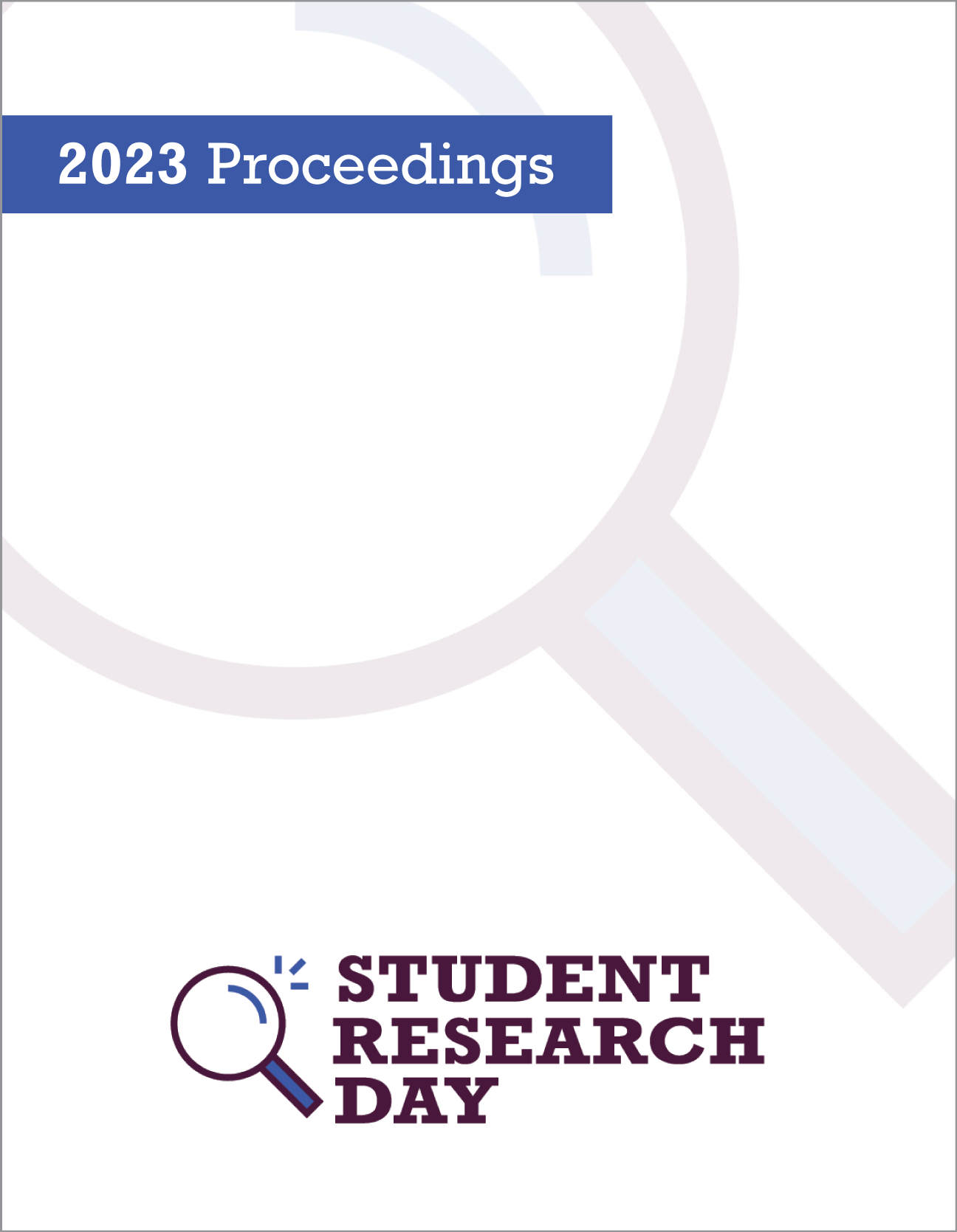Language and Voice Effects on the Perception of Mixed Emotions in Children
Abstract
Mixed emotions comprise opposing basic emotions, such as happiness and sadness, experienced simultaneously. Previous research examining children’s perception of mixed-happy and sad emotions revealed that young children have difficulty understanding that more than one emotion can be experienced at the same time but that this understanding increases with age. The current project extends this work by examining happy and disgusted mixed emotions conveyed in spoken sentences' content and vocal expression. The present thesis examines the age-related change in the perception of mixed emotions in children ages 3-6 years and adults. Children listened to spoken sentences comprising of mixed emotions created by pairing incongruent sentence content and vocal expressions. In one condition, children rated the spoken sentences along a continuum of happy and sad emoticons on a Likert-type scale. In another condition, they rated sentences on happy and disgusted emotions. Three and four-year-old children showed difficulty distinguishing between emotions across sentence content and vocal expression combinations. However, similar to adult listeners, 5 and 6-year-olds demonstrate an increasing emphasis on vocal expression over sentence content in judging the emotion of the talker. The findings will help shed light on the cues that contribute to understanding emotions that enable children to succeed in social communication and relationships with others.
Faculty Mentor: Dr. Tara Vongpaisal
Published
Issue
Section
License
Authors retain any and all existing copyright to works contributed to these proceedings.



